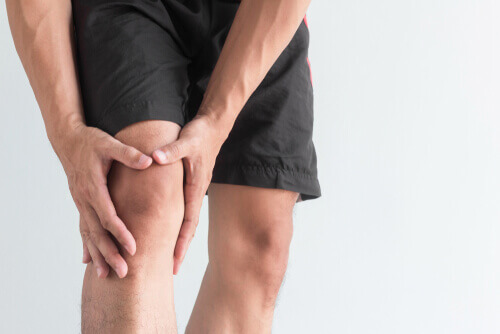
Behcet’s disease isn’t something that is routinely diagnosed due to its rarity. This can make it a bit of a surprise for doctors or anyone else to discover in a patient. The combination of symptoms is pretty unique and can vary quite a bit.
Different patients will manifest in different ways and may not show signs of the disease all of the time. It’s common to go through periods of intense flare-ups, alternated with mild periods that can even be symptom-free and allow a patient to temporarily live an entirely normal life. Modern medications can help extend the time between flare-ups and can reduce the severity of the symptoms.
Healthy lifestyle changes and natural treatments can also soothe some of the symptoms, which is good considering there hasn’t been a cure for this autoimmune disease that anyone has discovered as of yet.
Let’s look at 8 popular signs of this disease.
1. Your Joints Start to Hurt
If you notice your joints have started to hurt, it could just be classic inflammation that many people experience at one point or another, or it could be a sign of Behcet’s disease. This sign alone isn’t enough to warrant a diagnosis, but when it occurs along with multiple other symptoms, it can help to narrow down the cause.
You may notice that your joints are giving you problems when trying to move them around, like when walking or when doing fine motor tasks like pouring a drink, opening a door, or applying makeup. With this disease, it’s more common that major joints will be affected, like knees, elbows, wrists, and ankles. This is more likely than finer joints such as knuckles, toes, or back – but given the inflammatory nature of this condition, it can potentially affect nearly any joint in the human body.


